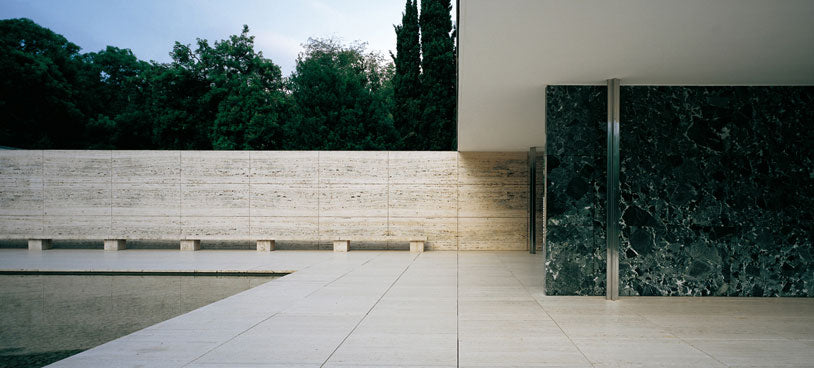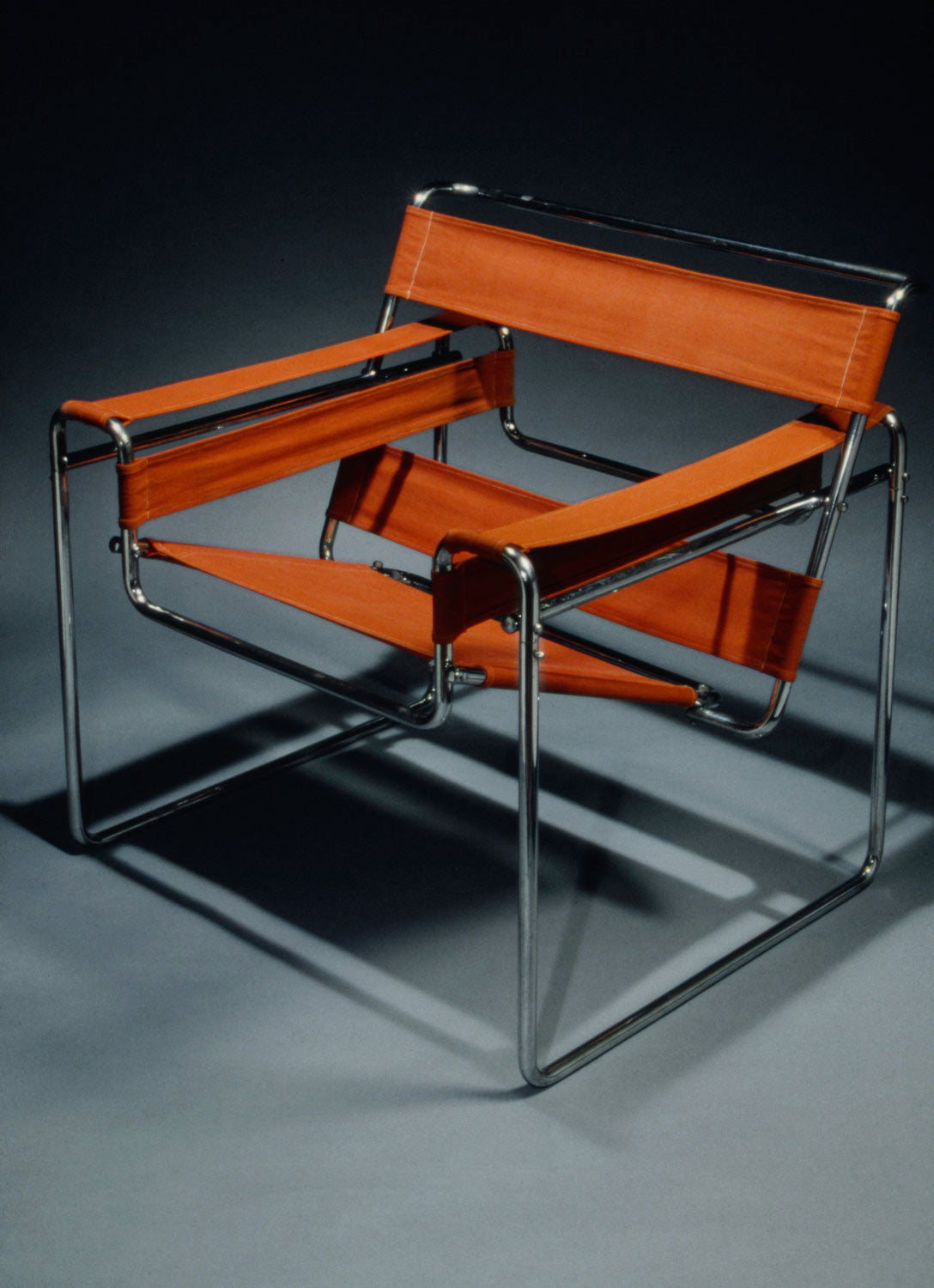Right before its 100th anniversary, the Bauhaus Foundation has planned a calendar filled with activities, exhibitions, openings, and events throughout 2019.
Even though it was only active for 15 years, one century later, the current/movement/style is still reference and foundation for today’s architects and designers and it continues to amaze its followers and new adepts.
1. Walter Gropius, founder of the Bauhaus School, was truly passionate about education and for this reason he was able to expand his knowledge and innovative style across future generations.
2. During his management, Hannes Meyer (second director) undertook two of the main projects within the Bauhaus current, the five Laubenganghäuser residential buildings in Dessau and the Union School in Bernau.
3. Ludwig Mies van der Rohe, third director of the Bauhaus School, is perhaps one of history’s most important architects. True revolutionary who dazzled the world through the German Pavilion in Barcelona, one of the most representative works of the modern movement; foundation of minimalism; inspiration for architects across the world; and a palpable originality from the severity in its geometry, the precision in every element, and the sharpness of its construction. On display in 1929 during Barcelona’s International Exposition, it was removed when the event was over. In 1983, the reconstruction of this great architectonic piece began again, using the same materials than those employed in the original Pavilion: glass, steel, and different types of rock (green marble from the Alps, Roman travertine, golden Atlas onyx, and antique green marble from Greece). It opened in 1986 and the architects who participated in the project were Ignasi de Solà-Morales, Cristina Cirici, and Fernando Ramos.

4. In 2019, the Bauhaus Museum Dessau will open with a 49,000-piece collection dedicated to the movement, the world’s second largest. The project was made by the González Hinz Zabala firm and perfectly fits the current.

5. The Bauhaus Residency is a project where artists from all over the world gather to live and work, all this to represent the way people lived in 1920. When their stay is over, all of them offer an exhibition and leave one piece in the Gropius House.
6. The Prellerhaus building, previously used as residence for Bauhaus students, is now open so the general public can spend the night in one of the apartments, now refurbished yet maintaining their original style. Among the eminences who lived there are Herbert Bayer, Hannes Meyer, and Marianne Brandt.

7. One of the first works by Bauhaus in Mexico and Latin America was Diego Rivera and Frida Kahlo’s home-museum, project led by Juan O’Gorman in 1931.
8. The famous Wassily Chair was designed in 1925 by Marcel Breuer (architect and designer, and one of the main teachers of the modern movement, who showed interest in modular construction and simple forms), inspired by the tubular components of his bicycle, he is today reference for Bauhaus design.

9. Hannes Mayer lived in Mexico for 10 years, working as a teacher at the Instituto Politécnico Nacional’s Engineering and Architecture Superior School and also as director for the Institute of Planning and Urbanism.
10. Anni Albers, the great textile artist, found her calling thanks to the sexism present at the time. In 1922, Albers had been accepted to enroll in the Bauhaus School (which back then boasted gender equality) and her goal was to specialize in glass, but two years earlier, Gropius had limited women to the textile, poetry, and binding areas. Her career in this field placed her as one of the most important abstract artists of the time and the Tate Modern is currently holding and exhibition of her work, which will be open through January 27, 2019.
Are you interested in Bauhaus? Learn more about what year 2019 will bring for the movement; visit… El diseño del siglo: Bauhaus


